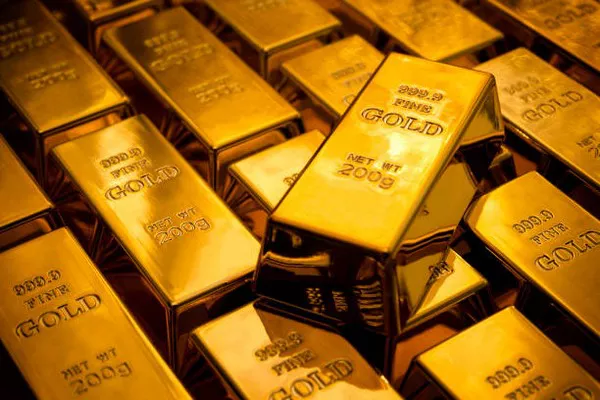Gold has been a symbol of wealth and a store of value for centuries. Its allure has stood the test of time, making it a popular investment choice for individuals and central banks alike. However, the price of gold is far from static; it experiences frequent fluctuations that can be attributed to a multitude of factors. This article aims to explore the various reasons behind the oscillations in gold prices, shedding light on the economic, geopolitical, and market forces that drive these changes.
Supply and Demand Dynamics
One of the fundamental drivers of gold price fluctuations is the age-old law of supply and demand. The supply of gold is relatively limited, and it is primarily extracted from mines or recycled from existing sources. As such, any changes in the supply side can significantly impact prices.
a. Mining Production: The quantity of gold mined each year can vary due to factors like mine depletion, labor strikes, or geopolitical instability in major gold-producing countries. A decrease in mining production can create scarcity, driving prices upward.
b. Jewelry and Industrial Demand: Gold has a diverse range of applications beyond its role as a monetary asset. It is used in jewelry, electronics, and dentistry. Economic conditions and technological advancements can influence demand for gold in these sectors, affecting prices.
c. Central Bank Reserves: Central banks of various countries hold significant gold reserves, and their decisions to buy or sell gold can influence market sentiment and prices. For instance, when central banks increase their gold reserves, it can signal confidence in gold as a safe-haven asset and drive demand.
Economic Conditions
Economic factors play a crucial role in gold price fluctuations. Here are some key economic influences:
a. Inflation: Gold is often seen as a hedge against inflation because its value tends to rise when the purchasing power of fiat currencies declines. Investors flock to gold during periods of high inflation, causing prices to increase.
b. Interest Rates: The relationship between gold prices and interest rates is inverse. When interest rates are low, the opportunity cost of holding gold is lower, making it more attractive as an investment. Conversely, higher interest rates can decrease gold’s appeal.
c. Currency Exchange Rates: The value of gold is priced in U.S. dollars on the international market. Therefore, changes in the exchange rates between major currencies and the dollar can have a direct impact on gold prices. A weaker dollar typically leads to higher gold prices.
Geopolitical Uncertainty
Gold has long been considered a safe-haven asset in times of geopolitical turmoil and uncertainty. Investors turn to gold as a store of value when there are concerns about global conflicts, trade tensions, or political instability. Events such as international conflicts, trade disputes, or elections can trigger sudden spikes in demand for gold, causing prices to rise.
Market Sentiment
Market sentiment and speculation can drive short-term fluctuations in gold prices. Traders and investors often respond to news and events, reacting to perceived opportunities and risks. Sentiment can change rapidly, leading to volatile price movements. For example, positive economic data may boost confidence in other assets, causing a temporary decline in gold prices.
Technological Advances
Advancements in technology have made it easier for investors to access the gold market. Online trading platforms, exchange-traded funds (ETFs), and derivative instruments allow investors to buy and sell gold more efficiently. These developments can amplify the speed and extent of price movements as trading becomes more accessible to a broader audience.
Speculative Trading
Speculative trading in the futures and options markets can contribute to gold price fluctuations. Traders often use leverage, which magnifies price movements, increasing both the potential for gains and losses. Speculative activity can create short-term spikes or corrections in gold prices.
Global Economic Events
Global economic events, such as financial crises or major economic policy changes, can have a significant impact on gold prices. For example, the 2008 financial crisis led to a surge in demand for gold as a safe haven, driving up prices.
Conclusion
Gold price fluctuations are a complex interplay of supply and demand dynamics, economic conditions, geopolitical events, market sentiment, and technological advances. Understanding these factors is essential for investors and central banks seeking to navigate the gold market effectively.
Investors in gold should be prepared for short-term volatility while recognizing gold’s long-term value as a store of wealth. Diversification and a long-term perspective are key strategies for managing the risks associated with gold investments.
Moreover, governments, central banks, and policymakers must also monitor gold prices as they can serve as an indicator of economic health and market confidence. Gold’s unique position as both a commodity and a monetary asset gives it a distinctive role in the global financial system.
In conclusion, while gold price fluctuations may seem unpredictable at times, they are driven by a combination of economic, geopolitical, and market forces. Recognizing the interplay of these factors is essential for anyone looking to comprehend and potentially benefit from the fascinating world of gold investment.


